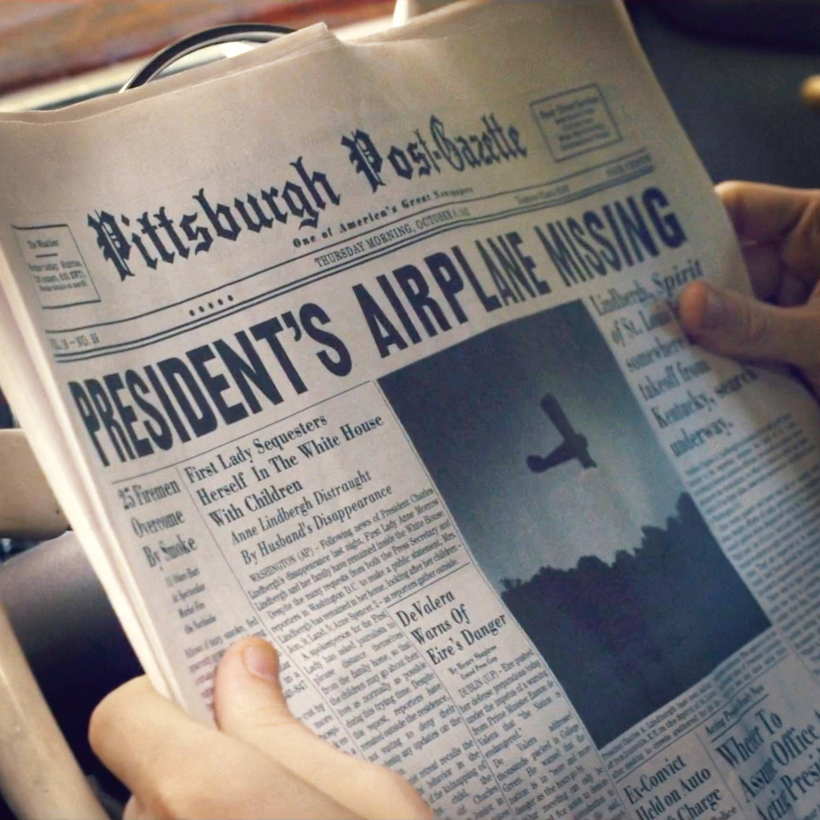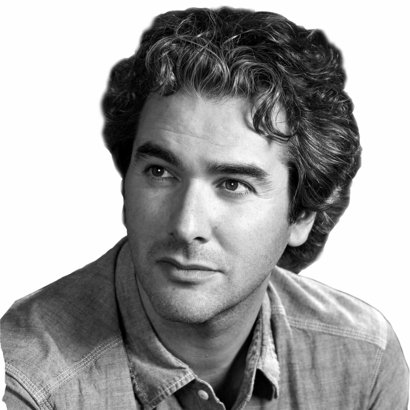By definition, a prop is any item that an actor handles or touches on-screen. A letter opener brandished by the Dowager Countess of Grantham is a prop, but the desk she places it on is classed as set decoration. Curiously, only the latter is worthy of an Oscar; the former, to the chagrin of many a propmaster, is not. Why this prejudice? Why no props for props?
Perhaps it is because props are expected to be overlooked. They are items that further the drama but, if done right, never disrupt it. On the rare occasions that movie props enter the public eye, it is usually for the wrong reasons—as when Alec Baldwin accidentally killed a cinematographer with a prop gun loaded with actual bullets.

Ross MacDonald and Steven Heller’s book, Prop Man, hopes to act as a corrective to both the invisibility and occasional infamy of the prop world. MacDonald, an illustrator, is also a master of prop design who specializes in printed materials. If you’ve seen a period movie of recent vintage in which a newspaper is urgently scanned, a serial killer’s letter is warily opened, or a matchbox is casually played with, then it is quite possibly the work of MacDonald.
What separates him from other prop men and women is his level of research and artisanal facility. On HBO’s Boardwalk Empire, the script called for two characters to buy lottery tickets while at a café in Cuba in 1930. In the course of researching what the tickets would have looked like, MacDonald also discovered that they were peddled by young boys from uncut sheets. “Patrons would pick out a ticket,” MacDonald writes, “possibly using a ‘dream book’ to help choose a number, and the boy would then cut the ticket from the sheet.” Far from just producing a prop, MacDonald made a contribution that changed the blocking for the entire scene. He often provides whole dossiers for actors in order to put them at ease with his creations.
Props are expected to be overlooked. They are items that further the drama but, if done right, never disrupt it.
Quentin Tarantino, meanwhile, preferred artistic license to period fealty while making his ultra-violent Western, The Hateful Eight. For the trading post in which much of the film’s action takes place, MacDonald created the lush chromolithographed packaging for the tins of Red Apple tobacco (a fictional brand that has appeared in every Tarantino film since Pulp Fiction) as well as matchboxes made from thin basswood, business cards set with nineteenth-century lead type, mustache-wax tins, dime novels with real stories in them, containers of rat poison, peach cans, and even boxes for pen nibs. He also printed Wyoming arrest warrants, based on real ones from the time, although, he admits, “the engraved state seal is fancied up a mite.”

Taking such liberties with the historical record, however, was forbidden when MacDonald worked with David Simon on The Plot Against America. Simon, a former journalist, demanded absolute accuracy for everything shown on-screen, down to the broadsheets. So MacDonald designed more than 30 different magazines and newspapers, using actual historical fonts, and even printed complete runs of them using the press of a genuine small-town paper. All of the copy in the newspapers was accurate—either pulled from real period stories or written by the show’s writers. MacDonald made sure even the weather forecast on the front page was correct. It was a huge undertaking that took MacDonald months to complete, and yet the newspapers were seen on-screen for a few milliseconds.
Why this almost deranged insistence on accuracy for something that might never be noticed? “We know we got them right, and that’s what matters,” MacDonald has said. But such labored-over props fulfill an intangible, almost magical role, infusing crew and cast alike with a shared reality in their terribly expensive games of make-believe.

George Pendle is an Editor at Large for AIR MAIL.His book Strange Angel: The Otherworldly Life of Rocket Scientist John Whiteside Parsons became a television series for CBS All Access. He is also the author of Death: A Life and Happy Failure, among other books


